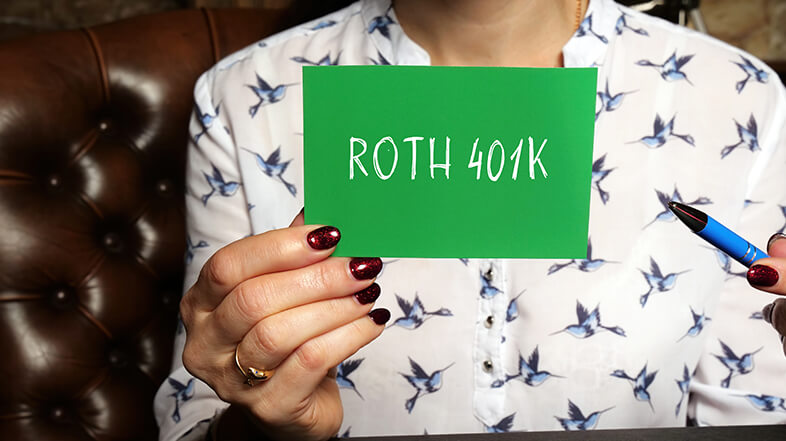May 15, 2023
The original SECURE Act of 2019 extended the Required Minimum Distribution (RMDs) age from 70½ to 72 for retirement accounts.
Now with the passing of the Omnibus Bill, SECURE Act 2.0 extends the RMD beginning date to age 73, starting in 2023.
Not only does the new legislation push back the required minimum distribution age, but penalties for not taking withdrawals are also changing – and changing in investors’ favor.
If you are nearing retirement, it’s critical you stay up to date on these changes, and how they may affect your retirement portfolio.
Understanding the new RMD rules – including how the penalties for not taking withdrawals on time will affect you – will help you better plan for a prosperous retirement.
What Are Required Minimum Distributions (RMDs)?

RMDs are the minimum amount of money you must withdraw from your 401(k) account each year, starting at age 73.
The exact amount you need to withdraw is calculated based on your account balance and life expectancy.
RMDs were created to ensure that people don’t use 401(k) plans as a way to avoid taxes indefinitely.
Because 401(k) contributions are made with pre-tax dollars, the government wants to ensure that you eventually pay taxes on that money.
This minimum distribution applies to all of these plan types:
- Traditional IRAs
- SEP IRAs
- SIMPLE IRAs
- 401(k) plans
- 403(b) plans
- 457(b) plans
- Profit sharing plans
- Other defined contribution plans
RMD Changes Starting This Year

Secure Act 2.0 RMD changes will be phased in over the next 10 years.
Here’s a breakdown of when you need to take RMDs:
Phase #1: In 2023, RMDs will now start at age 73.
If you have already started RMDs, this will not change for you. Anyone who turned 72 in 2022 or earlier follows the old rules.
If you turn 72 in 2023, you can take your first RMD by December 31, 2024, or you could delay it to April 1, 2025. If you delay until April, you will need to take 2 RMDs in 2025. One for 2024, and one for 2025.
Phase #2: Starting in 2033, the RMDs move up to 75.
Penalties for Not taking RMDs Changed

Penalties for not taking RMDs on time have also changed with the passing of the Secure Act 2.0.
- The hefty 50% penalty for not taking RMDs will drop to 25% in 2023.
- The penalty drops to 10% if you take the required amount by the end of the second year that it was due. If your RMDs for 2023 aren’t taken, you have until December 31, 2025, to take the withdrawal and only pay the 10% penalty.
- The penalty could be waived completely if you didn’t take the RMD due to an unforeseen event (like illness), but then withdrew it as soon as you could. You would have to ask the IRS for a penalty waiver.
Roth Changes

Good news for those contributing to their Roth 401(k)s.
Starting in 2024, the Roth option will now be exempt from RMDs – just like it is for the Roth IRA. You no longer have to roll your Roth 401(k) into a Roth IRA to stop the required minimum distribution rule.















